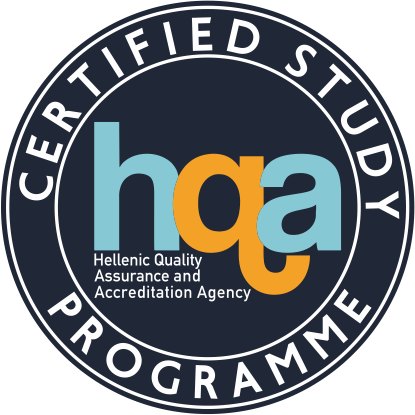Evolution of Life - Palaeontology
| School | Natural Sciences | ||||||||||||
| Academic Unit |
Geology Department | ||||||||||||
| Level of Studies |
Undergraduate | ||||||||||||
| Course Code |
Geo_304 | ||||||||||||
| Εξάμηνο σπουδών | 3ο | ||||||||||||
| Course Title |
Evolution of Life - Palaeontology | ||||||||||||
| Independent Teaching Activities |
Lectures and laboratory work | ||||||||||||
| Weekly Teaching Hours |
2 (lect.), 2 (lab.) | ||||||||||||
| Credits | 5 | ||||||||||||
| Course Type |
Basic and Skills Development | ||||||||||||
| Prerequisite Courses |
Typically, there are not prerequisite courses | ||||||||||||
| Language of Instruction & Examinations |
Greek | ||||||||||||
| Is the Course offered to Erasmus Students |
Υes, teaching may be however offered in English in case foreign students attend the course. | ||||||||||||
| Course Web-Page (URL) | https://eclass.upatras.gr/courses/GEO326/ (in Greek) | ||||||||||||
| Learning Outcomes |
This module is a basic introduction in the field of Palaeontology. Students become acquainted with fossils, which consist the evidence of evolution, and their use in geological research. Also, during this module information concerning the main groups of organisms that are commonly found as fossils are provided. Since the first moment that life appeared on earth 4 billion years ago, life on earth is under constant evolution. New species appear, while others disappear. Fossils are the unquestionable testimony of this evolution through the geological ages, thus due to their continuous change they allow us to record and understand the age of the rocks that they were found in, as well as the prevailing palaeoenvironmental conditions when they were still alive, or when they died and were deposited in the sediments. Upon successful completion of this course the students will be able to:
|
||||||||||||
| General Competences |
Generally, by the end of this course the student will, furthermore, have developed the following general abilities:
|
||||||||||||
| Syllabus |
|
||||||||||||
| Delivery | Lectures and laboratory practice face to face. Observation and study of real fossils (hand specimens) during laboratory practice | ||||||||||||
| Use of Information & Communication Technology |
Use of Information and Communication Technologies (ICTs) (powerpoint) in teaching. Supporting teaching and communication through e-class. The lectures content of the course for each chapter are uploaded on the e-class platform, in the form of a series of ppt files, from where the students can freely download them. | ||||||||||||
| Teaching Methods |
|
||||||||||||
| Student Performance Evaluation |
Ι) Oral final examination. The mark consists 50% of the final grade. The examination will include:
ΙΙ. Written reports following the completion of each laboratory practical. The mean mark of the reports consists the other 50% of the final grade. Minimum passing grade: 5. Final Course Grade (FCG) FCG = ( Oral exam + practical reports ) / 2 The language of assessment is in Greek. If foreign students attend the course, their assessment in English. |
||||||||||||
| Attached Bibliography |
|





